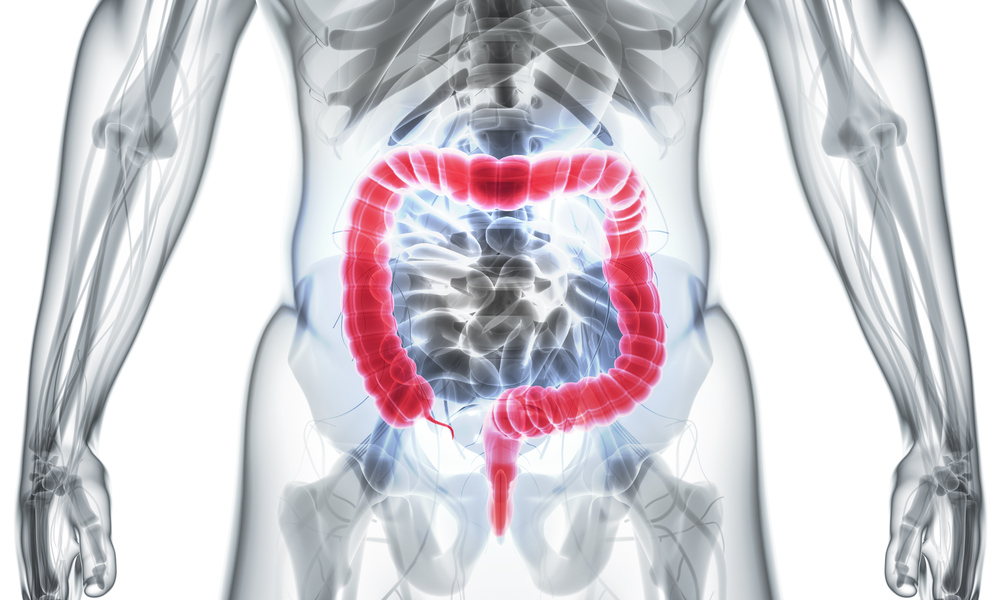Bridging strategy with calcineurin inhibitors and vedolizumab prevents need for colectomy
A bridging strategy in which a calcineurin inhibitor and vedolizumab are combined seems to be effective in patients with active steroid-refractory ulcerative colitis. Such a strategy could be considered for patients with acute, severe UC and nonsevere UC that are resistant to conventional therapy, including anti-tumour necrosis factor (anti-TNF).

Bridging strategy with calcineurin inhibitors and vedolizumab prevents need for colectomy
Approach for patients resistant to conventional therapy
A bridging strategy in which a calcineurin inhibitor and vedolizumab are combined seems to be effective in patients with active steroid-refractory ulcerative colitis (UC). Such a strategy could be considered for patients with acute, severe UC and nonsevere UC that are resistant to conventional therapy, including anti-tumour necrosis factor (anti-TNF).
For patients with steroid-refractory UC who have tried thiopurine and anti-TNF in the past to no avail, a combination therapy with a calcineurin inhibitor (ciclosporine/tacrolimus) as an induction therapy and vedolizumab as a maintenance therapy is considered to be a suitable approach. Laharie et al. studied the effectiveness and safety of such a bridging strategy in a French multi-centre retrospective cohort study. From December 2014 to May 2017, 12 tertiary academic centres took part in this study. The inclusion criteria for UC patients were: a steroid-refractory UC flare-up (acute, severe UC or nonsevere UC) and treatment with induction therapy using a calcineurin inhibitor (ciclosporine/tacrolimus) and a maintenance therapy with vedolizumab. The inclusion date was the day on which patients received their first infusion of vedolizumab.
A total of 39 patients participated, 23 of which were women. The average age of the participants was 32 (range 17-73) and the average duration of illness was four years. The treatment consisted of a calcineurin inhibitor (ciclosporine n=37; tacrolimus n=2). The median follow-up period was 10.8 months. At 12 months, 68% of the patients (95%CI: 53%-84%) had not undergone a colectomy; 44% had not discontinued vedolizumab (95%CI: 27%-61%). At week 6, 46% of the patients were in remission and 64% responded to the treatment; at week 14, this was 38% and 56%, respectively. From the multivariate calculus, there followed several factors that were associated with colectomy at the time of inclusion; male sex (HR 7.94), age >32 years (HR 13,16), simultaneous use of immunosuppressives (HR 9.59) and haemoglobin >11.2 g/dl. The results with respect to safety revealed four severe side-effects (three cases of momentary kidney failure and one case of Campylobacter colitis). There was no instance of death during the study.
Laharie concluded that this bridging strategy is effective and should therefore be considered for patients with acute, severe UC and nonsevere UC that are resistant to conventional therapy, including anti-TNF.
Source:
- D. Laharie et al. UEGW 2017, Barcelona 28 October - 1 November.